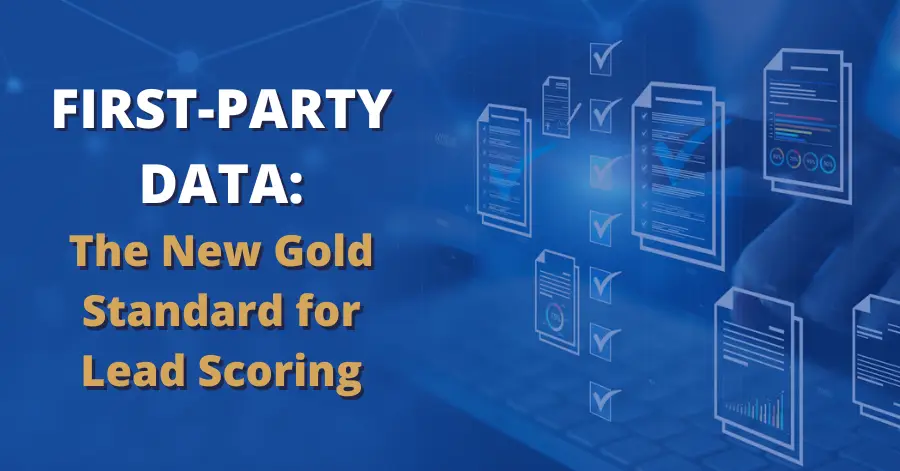How a Trust Center Improves Your Brand’s Credibility


According to Gartner, 83% of customers will not do business with a brand they don’t trust. It’s hard to blame them. Since doing business now includes exchanging private data, buying from an untrustworthy source could put someone at significant risk. Your company should not be on someone’s mental list of untrustworthy businesses. But how do you prove you can be trusted? Where do you start?
A company can promote transparency and earn customer trust by letting them make important decisions about their own data through a single online portal known as a trust center.
What is a Trust Center?
A trust center is a one-stop online hub that compiles an organization’s privacy policies, security certifications, compliance information, data handling practices, and other important data. This hub is organized to make it easy for customers to find the information they need.
The purpose of a trust center is simple: to be open about your practices with your customers. This demonstrates a commitment to transparency, as well as improves your credibility in the public eye. Keeping all your privacy-related data in one place also makes it easy to streamline legal compliance.
What Type of Trust Center Do You Need?
Depending on your company’s focus and industry requirements, your trust center could take several different forms. The most common types include:
- Security centers: Focus on sharing security certifications, policies, and reports to demonstrate data protection practices. They are ideal for businesses prioritizing security over privacy or legal concerns.
- Privacy centers: Designed to enhance transparency around data privacy, these centers empower users with information about their data rights and offer tools for data management. They’re particularly suited for organizations that handle sensitive customer data or operate in heavily regulated environments.
- Legal centers: These hubs clarify users’ rights and obligations, ensuring compliance with laws and regulations. They help demystify complex legal terms, making them easier for customers to understand.
- Homegrown centers: Tailor-made platforms built to fit an organization’s unique brand identity and industry-specific requirements. These require significantly more investment and ongoing maintenance than other trust centers—however, they also are ideal for customization.
- Unified trust center: An online hub that combines all of the above into a single location.
Of the most common approaches to trust centers, a unified trust center offers an advantage that the others don’t: it doesn’t focus only on one aspect of trust. A unified trust center keeps privacy documents, legal information, security reports, and system status all in one place, making it easy for clients and employees alike to find what they need in a heartbeat.

What Will a Trust Center Do for Your Company?
A trust center offers benefits beyond proving legal compliance or promoting transparency. With your online hub in place, your organization will be:
- Empowering customers: Customers can easily access and manage their data, giving them more control and reinforcing the brand’s commitment to transparency.
- Boosting trust perception: By making privacy, security, and compliance information readily available, customers feel more confident and secure in their interactions with your brand.
- Streamlining the sales cycle: Having all trust-related information in one place speeds up the sales process, as potential customers and partners can quickly find the information they need to make informed decisions.
Building a Trust Center for Your Company
Unsurprisingly, creating a trust center is not something you do overnight. It takes a lot of planning and work. No two processes will look alike since every company is different. However, regardless of what your process turns out to be, keep these four key principles in mind:
- Your entire company needs to be involved: Involve key stakeholders from privacy, legal, security, compliance, marketing, and web development teams to ensure the trust center reflects accurate and comprehensive information.
- Prioritize user experience: A trust center with confusing or inaccurate menus will not help with brand credibility. Users should be able to find what they need right away.
- Keep information updated: Anytime your company makes a chance in policy, data protection, or security, update the trust center right away.
- Watch your visitor numbers: Monitor how customers interact with the trust center and solicit feedback. Adjust content and navigation based on your customers’ preferences.
A unified trust center is just one step in the process of making your company legally compliant and fully transparent. For help with any other part of the process, get in touch with our team of privacy experts today.





